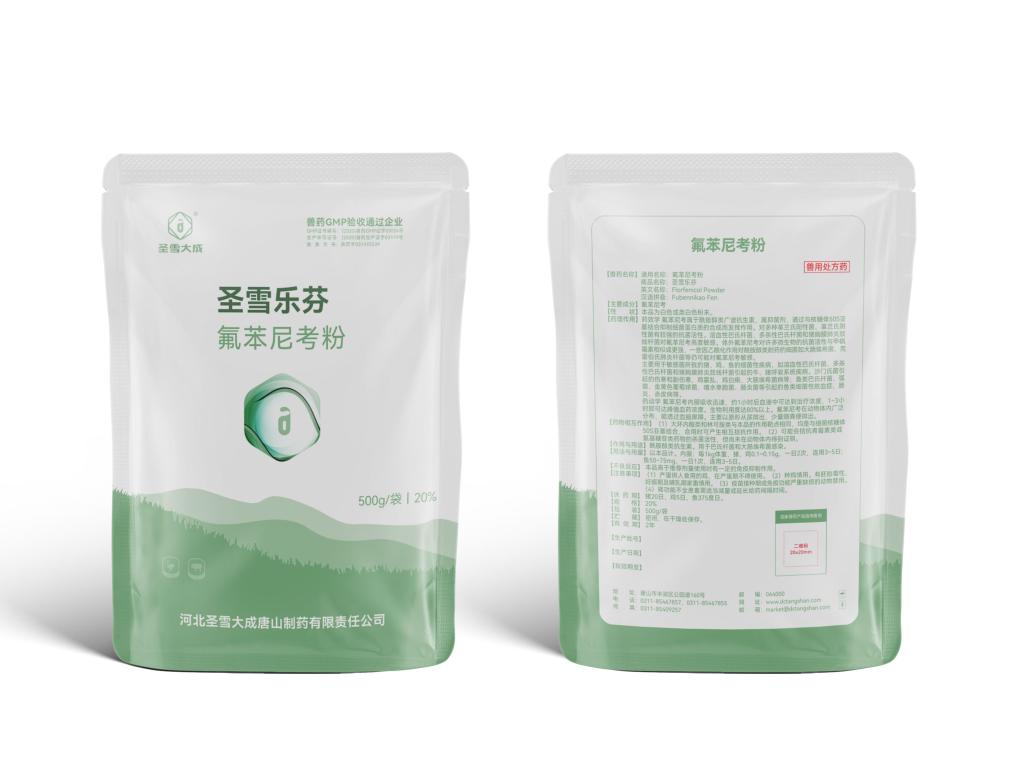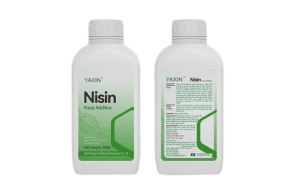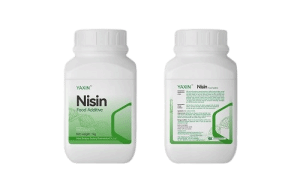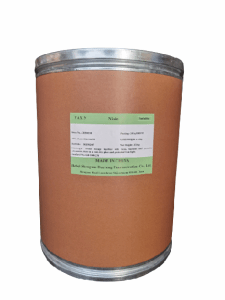Tel:+8618231198596

News
 CONTACT
CONTACT
 CONTACT
CONTACT
- Linkman:Linda Yao
- Tel: +8618231198596
- Email:linda.yao@dcpharma.cn
- Linkman:CHARLES.WANG
- Department:Overseas
- Tel: 0086 0311-85537378 0086 0311-85539701
News
Current Position:
Home >
News
>The role of Florfenicol Powder in reducing mortality rates in livestock is noted.
The role of Florfenicol Powder in reducing mortality rates in livestock is noted.
TIME:2024-10-21
Florfenicol: An Overview:
Spectrum of Activity: Florfenicol is a fluorinated thiamphenicol derivative with a broad spectrum of activity against both Gram-positive and Gram-negative bacteria. It is effective against a wide range of pathogens, including Pasteurella multocida, Actinobacillus pleuropneumoniae, Escherichia coli, and Mycoplasma spp.
Mechanism of Action: Florfenicol inhibits bacterial protein synthesis by binding to the 50S ribosomal subunit, thereby preventing the translocation of peptidyl-tRNA from the A-site to the P-site. This action leads to the inhibition of bacterial growth and ultimately the death of susceptible bacteria.
Pharmacokinetics: Florfenicol is well-absorbed after oral or intramuscular administration and has a long half-life, allowing for extended therapeutic effects with fewer doses. It is distributed widely throughout the body, making it effective in treating systemic infections.
Role of Florfenicol in Reducing Mortality Rates:
Treatment of Bacterial Infections: Florfenicol is used to treat a variety of bacterial infections in livestock, including respiratory, enteric, and systemic diseases. Its efficacy in controlling these infections helps to reduce the morbidity and mortality associated with such conditions.
Prophylactic Use: In some cases, Florfenicol may be used prophylactically to prevent the spread of infection, especially in high-risk situations such as during transportation, weaning, or when introducing new animals to a herd. Prophylactic use should be carefully managed to avoid the development of antimicrobial resistance.
Rapid Onset of Action: Florfenicol's rapid onset of action allows for quick control of bacterial infections, which is critical in acute disease outbreaks. This rapid response can help to stabilize the condition of affected animals and reduce the overall impact on the herd or flock.
Long-Lasting Effects: Due to its long half-life, Florfenicol provides sustained therapeutic effects, which can be particularly beneficial in large-scale operations where repeated dosing may be challenging.
Benefits of Using Florfenicol in Livestock Health Management:
Improved Survival Rates: By effectively treating and preventing bacterial infections, Florfenicol contributes to better overall survival rates, leading to healthier and more productive herds or flocks.
Economic Efficiency: The timely and appropriate use of Florfenicol can help minimize the economic impact of disease outbreaks, reducing the need for additional treatments and lowering the cost of production. This is especially important in commercial livestock operations where the financial stakes are high.
Enhanced Welfare: Reducing the incidence and severity of bacterial infections through the use of Florfenicol can improve the welfare of the animals, as they experience less pain, discomfort, and stress associated with illness.
Compliance with Regulations: The use of Florfenicol in accordance with established guidelines and regulations ensures that livestock products meet safety and quality standards, supporting consumer confidence and market access.
Challenges and Considerations:
Diagnostic Accuracy: Accurate diagnosis of bacterial infections is essential to ensure that Florfenicol is used appropriately. Laboratory testing, including bacterial culture and sensitivity testing, should be performed to identify the causative agent and determine the most effective treatment.
Resistance Monitoring: Regular monitoring for the development of antimicrobial resistance is important. This includes tracking the susceptibility of bacterial isolates to Florfenicol and adjusting treatment protocols as necessary.
Withdrawal Periods: Compliance with withdrawal periods is critical to ensure that residues of Florfenicol do not remain in the meat, milk, or other livestock products. This is necessary to protect public health and comply with food safety regulations.
Education and Training: Farmers, veterinarians, and farm workers should receive education and training on the proper use of Florfenicol and the principles of integrated health management. This includes understanding the importance of biosecurity, responsible antibiotic use, and the recognition of early signs of disease.
Case Studies and Real-World Examples:
Bovine Respiratory Disease (BRD): Florfenicol has been successfully used to manage BRD, a common and costly condition in cattle. Rapid treatment with Florfenicol, along with improved housing and management practices, has led to a significant reduction in mortality rates.
Swine Dysentery: In pig farms, Florfenicol has been used to control outbreaks of swine dysentery caused by Brachyspira hyodysenteriae. Timely administration of the antibiotic has helped to prevent the spread of the disease and reduce economic losses.
Poultry Diseases: In poultry, Florfenicol is used to treat a range of bacterial infections, including colibacillosis and mycoplasmosis. Its use, in combination with vaccination and improved biosecurity, has contributed to lower mortality rates and improved flock performance.
Conclusion:
Florfenicol powder plays a crucial role in reducing mortality rates in livestock by effectively treating and preventing bacterial infections. When used as part of an integrated health management strategy that includes accurate diagnostics, responsible use, and compliance with regulatory requirements, Florfenicol can significantly improve the health, welfare, and productivity of livestock. However, it is important to continue monitoring for antimicrobial resistance and to promote best practices to ensure the long-term efficacy of this valuable antibiotic.
- Tel:+8618231198596
- Whatsapp:18231198596
- Chat With Skype







